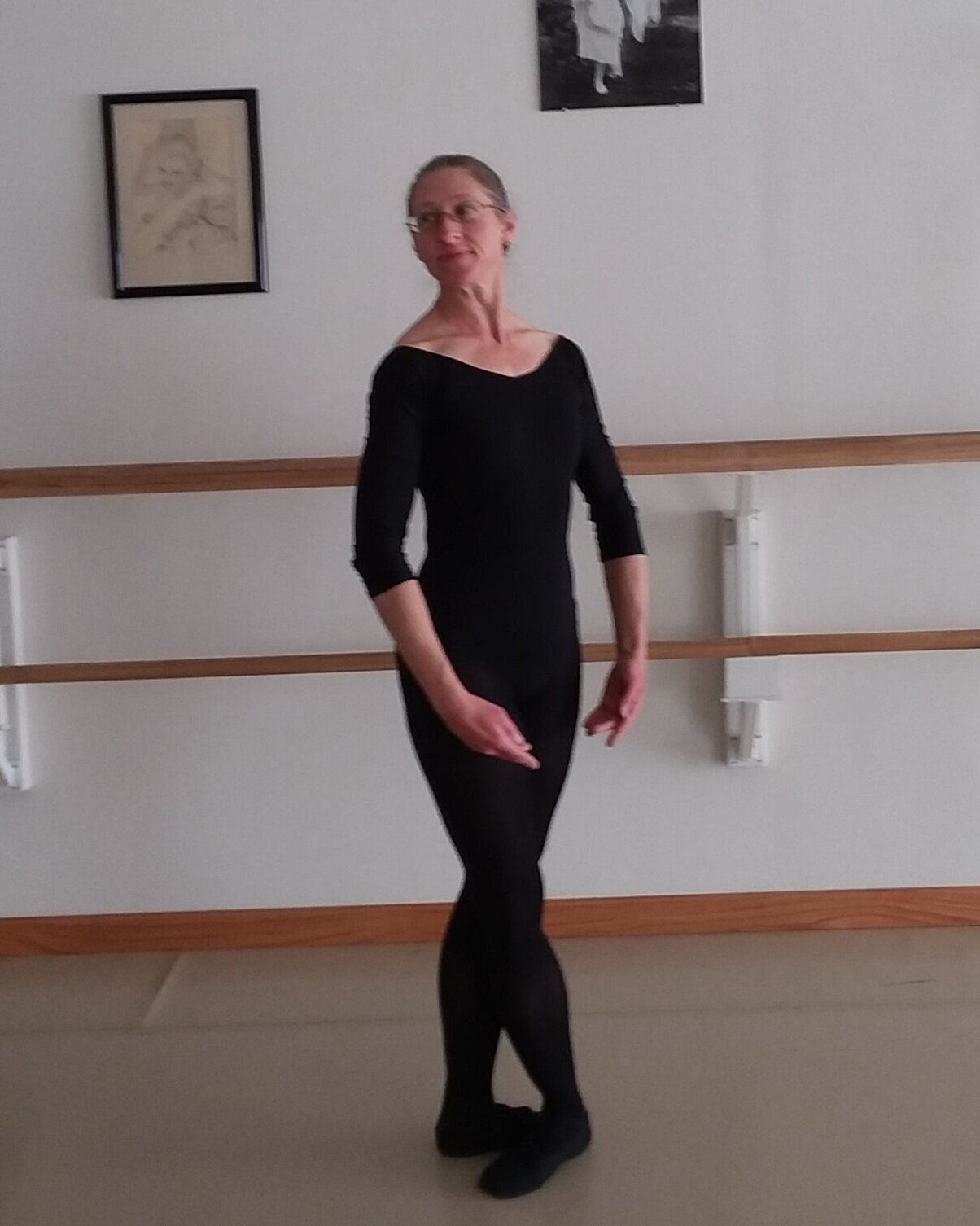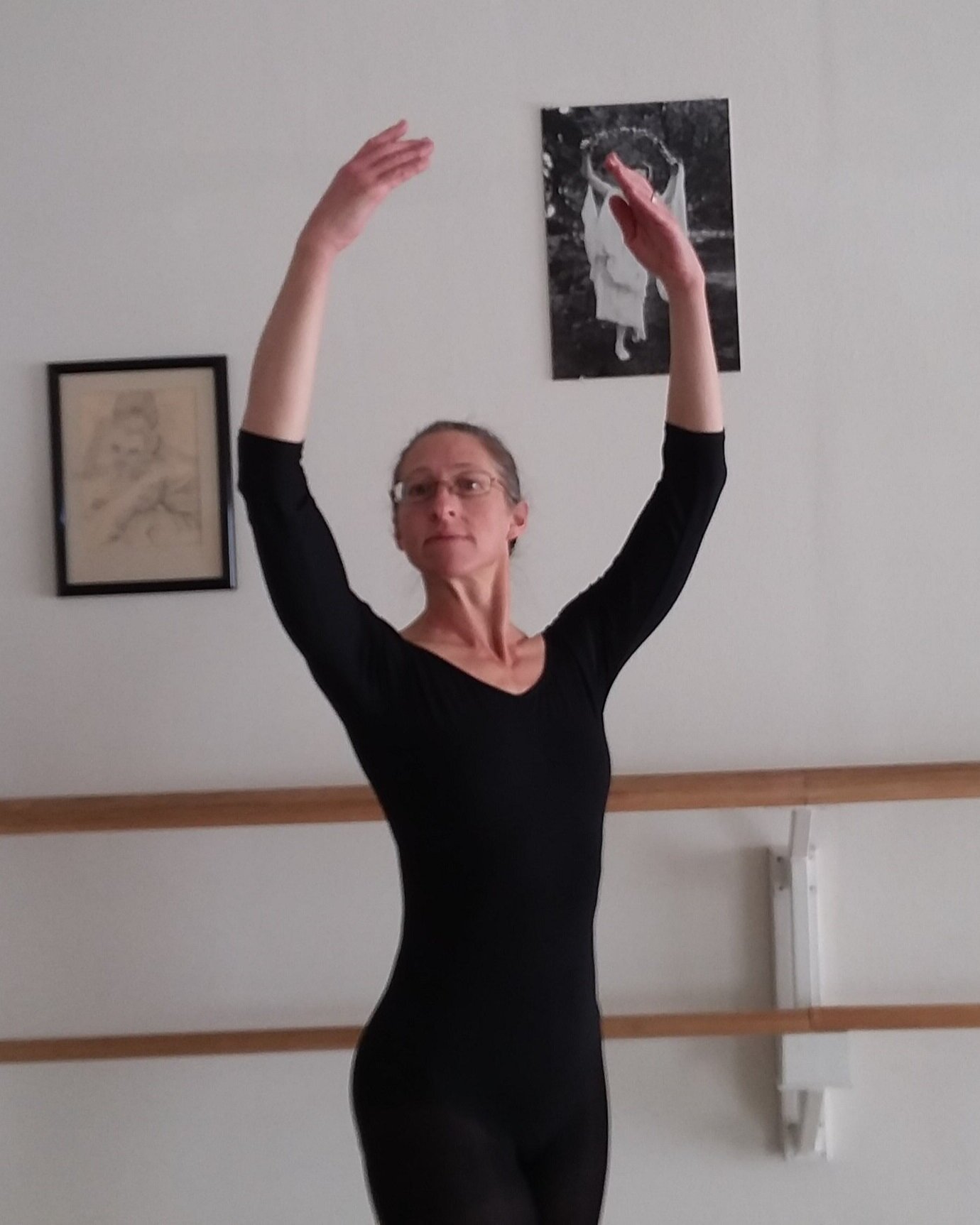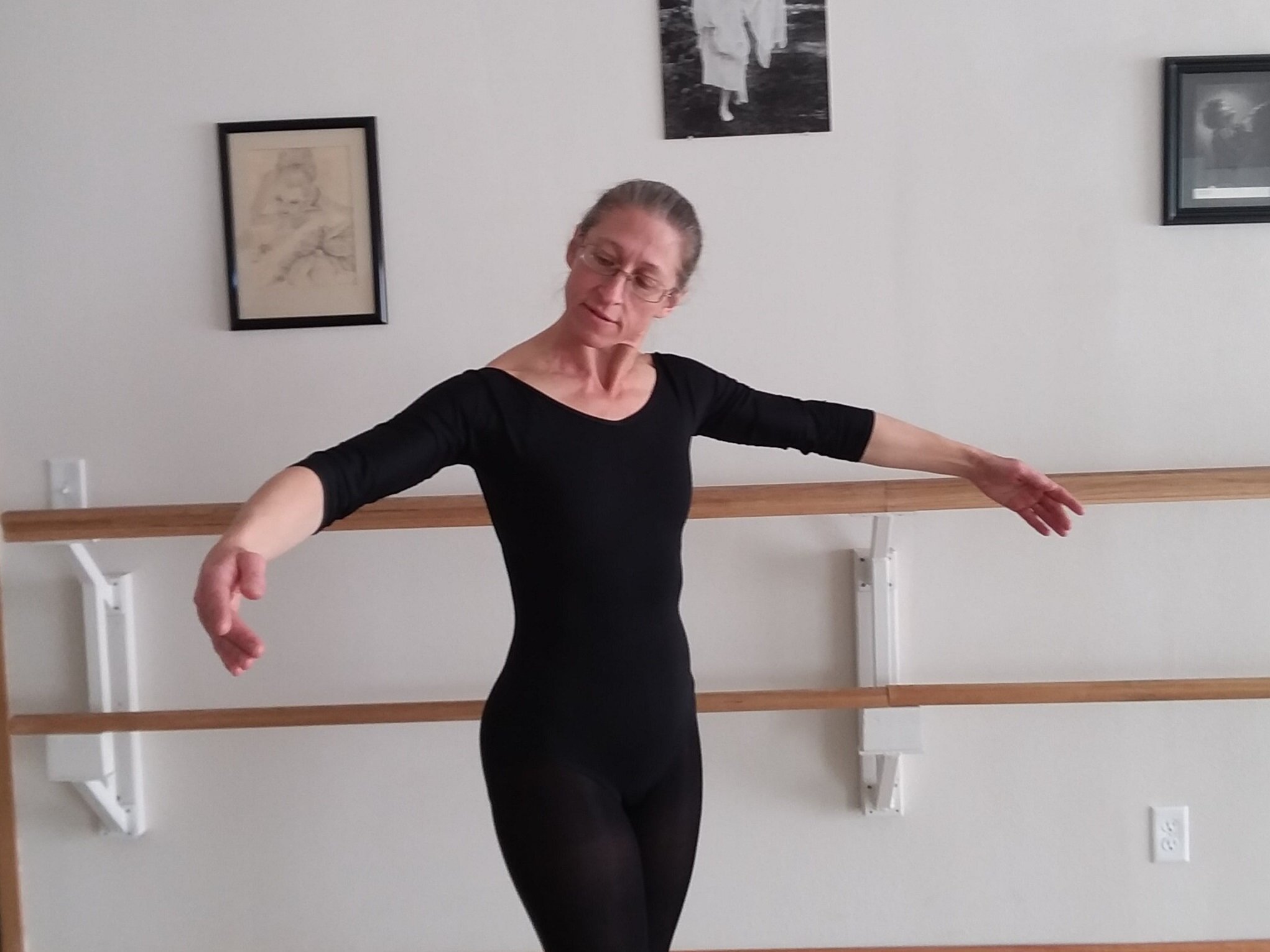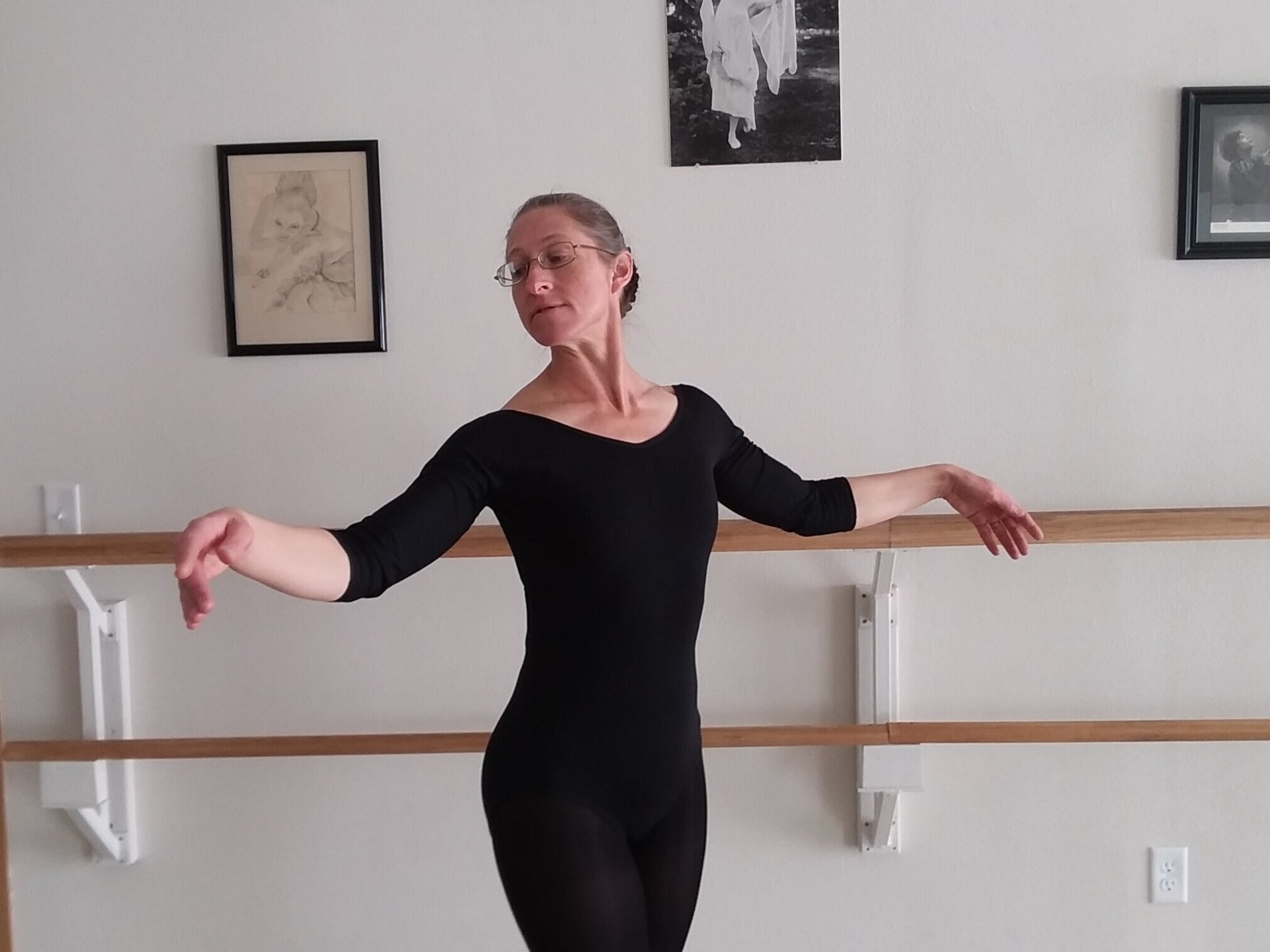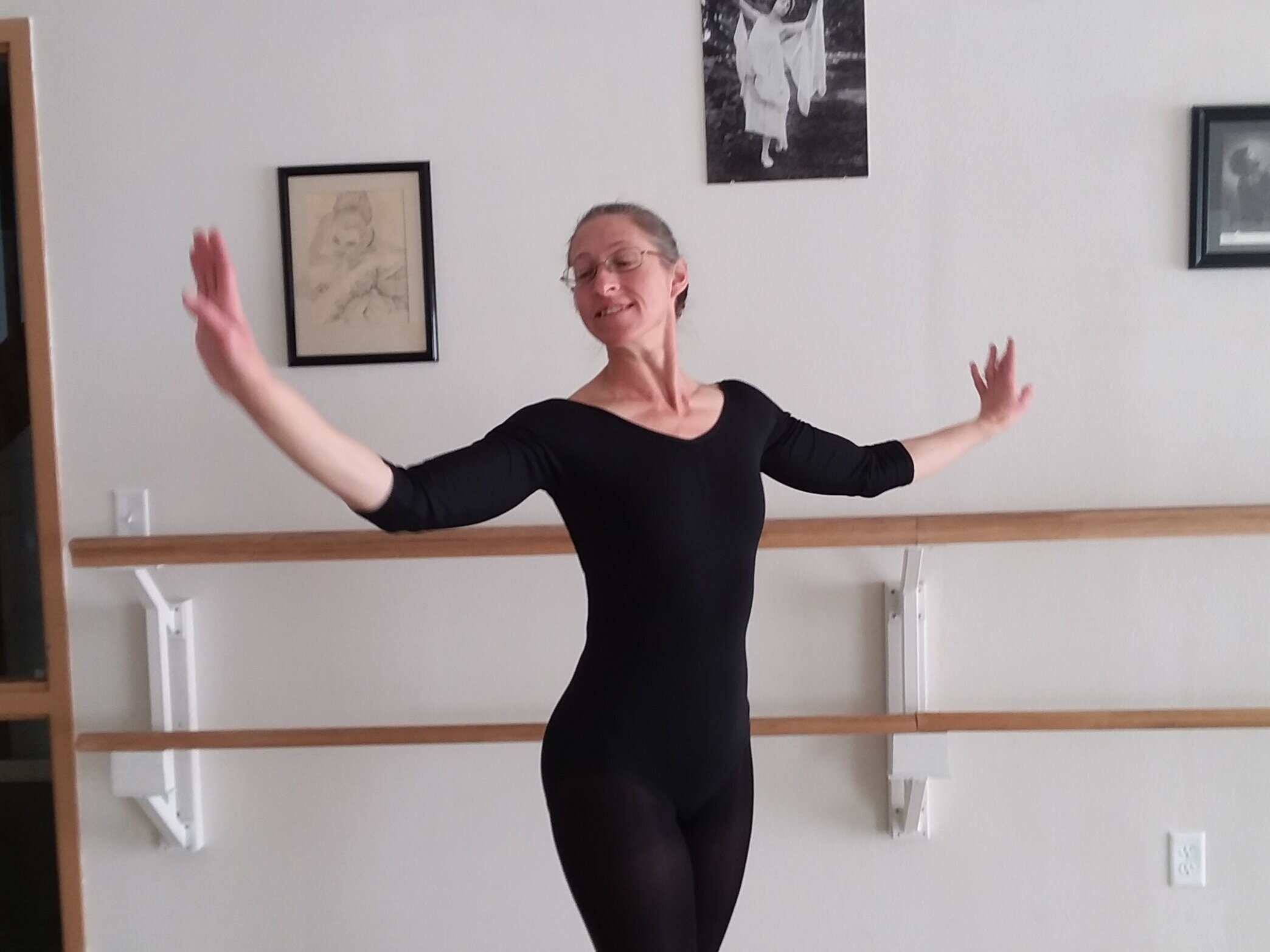Vaganova First Port de Bras
In my previous blog we delved into the nitty gritty details of the various arm positions in classical ballet. In this and the next several blogs, we will closely analyze how the arms should move from one position to another. In Vaganova technique, there are six established port de bras exercises designed to train dancers in the graceful and fluid movement of the arms coordinated with the head and the rest of the body. I will address each one of these exercises and its derivatives in separate blog posts in order to present the material in manageable chunks. As you progress through these port de bras blogs you may wish to refer back to Zombie, Doll, Swan or Human – Its all in the Arms to remind yourself of some of the specific arm position details. I also recommend that you practice your port de bras AS you are reading, taking each detail into account and creating a muscle memory as you do so.
Vaganova First Port de Bras progresses from preparatory through 1st position of the arms up to 3rd and open to 2nd position, returning to preparatory at the completion of the movement. As the arms and hands pass through their positions, they should adhere to the descriptions set forth in the previous blog. But how do they move from one position to another? And how are the head and eye focus involved?
The goal is to achieve movement that appears both natural and easy, while being pure (not extra “flowery”) and fluid. It is important not to disturb the shoulders or torso while moving the arms. Moving from Preparatory position to 1st position, the hands and arms should feel as if they are “gathering up” a large round basket. Neither the hands nor the elbows should be allowed to drag behind, but must be lifted together while the elbows deepen their bend to create the circular shape of 1st position, coming from the more elongated oval shape of Preparatory position. The eyes should be cast into the palm of the downstage hand while the top of the head inclines slightly over the upstage shoulder.
As the arms continue their trajectory up from 1st position to 3rd position, the elbows again elongate to create an oval shape. During this portion of the First Port de Bras, the shoulders must be actively kept in place so that they do not ride up with the arms, causing a closing-off and shortening of the neck. Meanwhile, there must also be energy devoted to keeping the elbows open as they will otherwise tend to close inward slightly, causing a collapsed-oval look and angularity of the elbow joint, both of which should be avoided. The focus of the eyes remains in the palm of the downstage hand while the chin gradually and slightly lifts, the head straightening on the neck. One must be careful not to lift the chin too high here as this causes the dancer’s face to be largely lost to the audience who will then see mostly neck and chin.
From 3rd position, the arms open to 2nd position with a very slight initiation from the fingers. The hands gradually turn into their correct placement for 2nd position (see previous blog) while the elbows maintain their elongated gentle curve. The focus follows the downstage hand with the chin turning all the way to the downstage shoulder.
To begin the movement from 2nd position returning to Preparatory, the hands initiate a slight “breath” of the arms, allowing the hands to face downward as the outsides of the elbows also turn downward. During this breath, the arms should not lift. The insides of the wrists lead the movement of the arms down to Preparatory while the fingers trail slightly behind without creating an exaggerated break of the line at the wrist. The eyes follow the breath and movement of the downstage hand and the head tilts slightly down as the arms move, lifting up and out over the downstage shoulder as the arms arrive in Preparatory.
Now you have the knowledge to execute a masterful First Port de Bras! Be sure to practice both sides and take care that you are using your head correctly and passing cleanly and elegantly through each of the arm positions as described in my previous blog. Start slowly so that you can be certain you are developing the correct muscle memories by achieving each portion of the port de bras with precision. Remember that practicing things wrong just makes it harder to get them right! So, practice with diligent attention to details!
Awfully Droopy! Vaganova First Port de Bras done WRONG!
Fun, but too Flowery! Clean lines and precision are lost.


